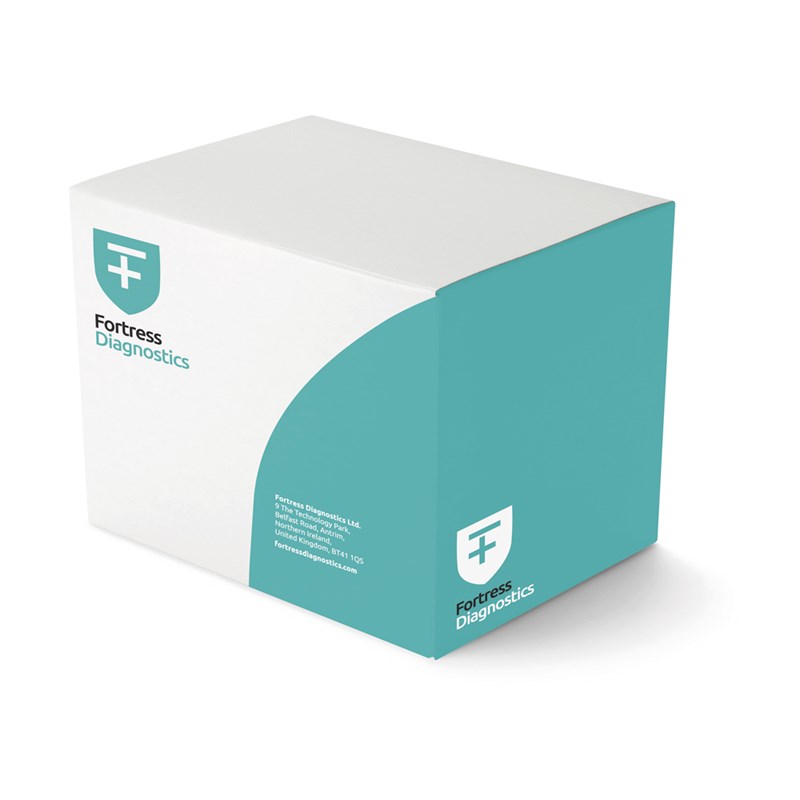Weil-Felix
The Weil-Felix test was developed by Weil and Felix in 1916. It is a heterophile agglutination test due to the antigenic sharing between species of proteus and rickettsia. Antibodies produced against rickettsial antigen cross reacts with OX19 and OX2 strains of Proteus vulgaris and OXK strains of Proteus mirabilis. Proteus stained febrile antigen suspensions can be used to identify and quantitate specific antibodies in human sera following infection with certain Rickettsiae pathogens. Proteus OX19 reacts strongly with the sera of patients with typhus group rickettsae and rocky mountain of spotted fever, Proteus OX2 reacts strongly with sera of patients with spotted fever infections, while the Proteus OXK reacts strongly with the sera of patients infected with scrub typhus.
The Fortress Diagnostics Febrile Antigens Weli-Felix test is prepared for the rapid detection and semi-quantitation of serum antibodies developed during the acute stage of disease. The antigens agglutinate in the presence of the homologous antibodies in the sample tested.








